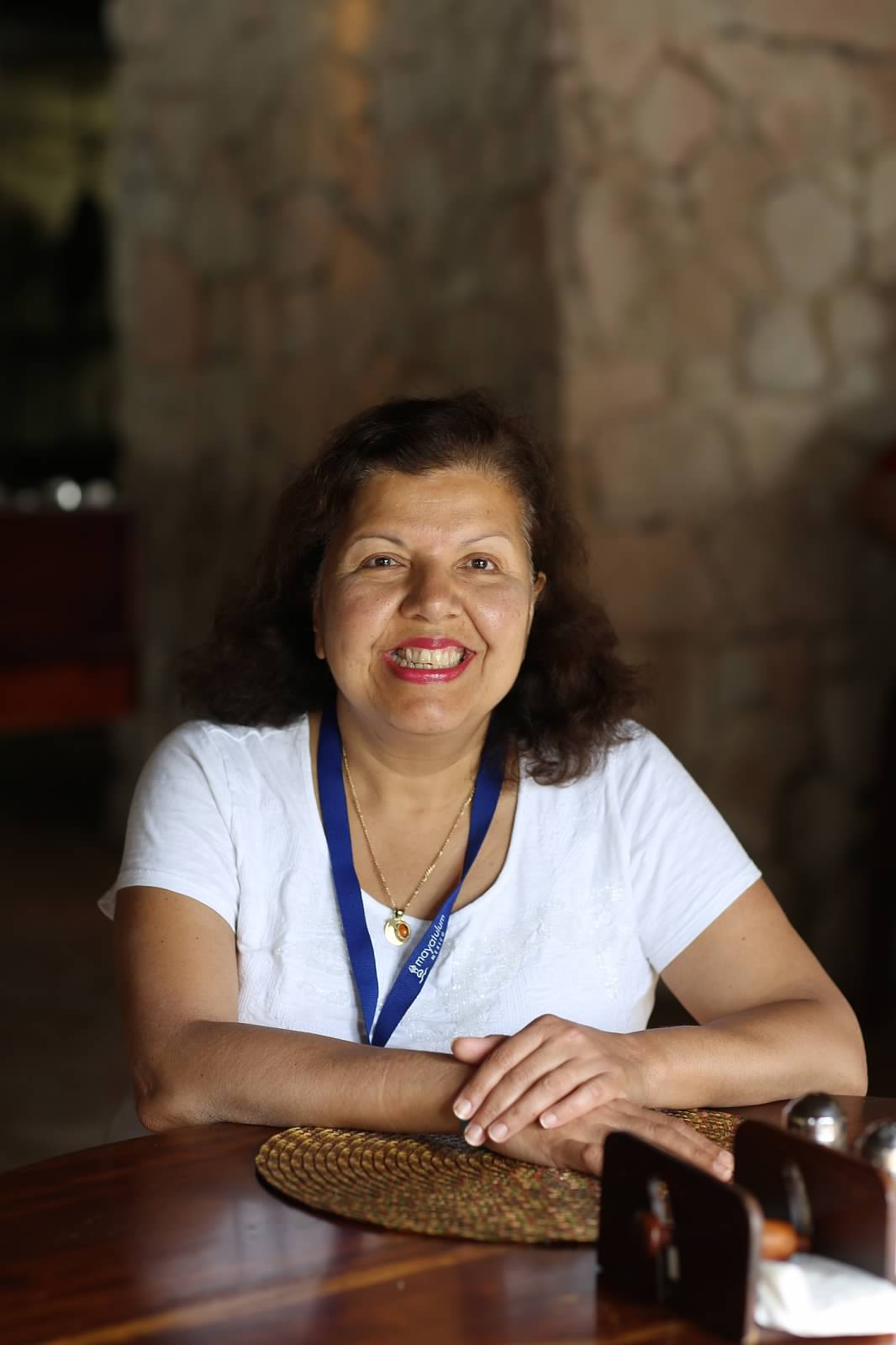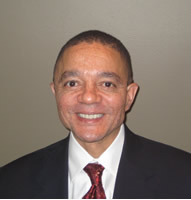“IMPORTANT NEWS FLASH FOR NATURAL MEDICINE” Robban Sica MD
This week the long awaited results of a seven year research trial, known as the TACT trial, were finally released demonstrating a significant positive result of chelation therapy in the treatment of cardiovascular disease and prevention of negative outcomes of this disease such as stroke, heart attack, amputation and death. TACT, which is the Trial to Assess Chelation Therapy, called on the expertise of university cardiologists and experienced chelation physicians from around the United States. The objective of the study centered on comparisons between patients with significant cardiovascular disease, who were treated with medication and intravenous chelation therapy to those receiving medication but no chelation. The results indicated significant improvement in patients with previous heart attacks who were already under cardiology treatment- especially patients with diabetes. The group treated with chelation had fewer subsequent surgeries than those who received a placebo. In addition, findings show chelation reduced death from heart attacks by 18% and over 39% for diabetics. Although, some among conventional cardiologists have already attempted to discredit this large and well-controlled trial sponsored by the National Institutes of Health (NIH) Heart, Lung & Blood Institute as well as the National Center for Complementary & Alternative Medicine, the results speak for themselves, especially in diabetics who are at extremely high risk for vascular diseases.
I have been administering the IV treatment since 1989 in my office and have personally observed remarkable improvements in many of my patients receiving chelation therapy, both for heavy metal detoxification and for heart and vascular conditions. As a result, I have been an advocate of chelation therapy for many years. Please call or contact us for more information.
“LifeForce Newsletter on TACT” John Parks Trowbridge MD
The take-home message: we do chelation very, very well – just come by anytime to talk with our patients and learn first-hand of their stunning successes. The NIH researchers just reported – at the American Heart Association meeting – that there were slightly fewer heart attacks (and deaths) and slightly fewer bypass operations and stents in the treated group. If this were a NEW drug, they would have reported on its stunning potential to reduce heart attacks. That’s because it’s easy to “lie” with how you interpret statistics.
But since the very beginning, I’ve said that the final report would be something like: “Review of the clinical experience suggests that chelation treatments might provide a small but encouraging benefit to a select group of patients. Further studies will be needed to determine whether this effect is real and also worthwhile.”
And that, my friends, is pretty much exactly what the report concluded! (How did I know? Could 29+ years of debating with “regular docs” have given me the idea that they really don’t want to acknowledge any improvements with chelation?) Diabetics got the best results. For those of you who don’t know, I’ve taught chelation extensively since 1984. I’ve written several books, articles, CDs, and DVDs (even an audiobook) on chelation – all available from our office, just DIAL 1-800-FIX-PAIN. I’ve lectured on chelation in Taiwan and Brazil. I’ve served for years on the board of our specialty organization – the American Board of Clinical Metal Toxicology – where I was certified as one of the first specialists in 1985.
Most importantly, I’ve been blessed to watch thousands of patients show dramatic improvements with their chelation treatment programs – saving limbs from amputation, reducing insulin dosages, improving physical performance, even helping mental clarity and depression. Have we been reducing heart attacks and strokes along with amputations? The list goes on and on. What was WRONG with the NIH study, that they didn’t see such dramatic results? Sadly, they offered only 40 treatments and NO “monthly boosters.” Their “multi-vitamin” dosages were smaller than ours. We focus on adjusting treatments to remove toxic metals (by using a variety of personalized FDA-approved medications), because our experience and studies show that these heavy metals (lead, mercury, arsenic, cadmium, and so on) are directly related to inflammation and degenerative diseases, early aging, disability and death. And, of course, our iv treatment solution (which is customized for each patient) and nutritional support programs (also customized) are much more complex than the basic ones used in the study. (I do have a Master’s degree in nutrition as well as my M.D. degree and training.) The list is longer – but also boring.
The take-home message: we do chelation very, very well – just come by anytime to talk with our patients and learn first-hand of their stunning successes. (Or are you going to be one of the many who waits til some calamity occurs … and then jump on the “medical merry-go-round”? Which choice does your family deserve?)
“My Impressions and Response to the Trial to Assess Chelation Therapy Recently Completed by the NIH” Conrad Maulfair DO
Chelation Therapy is a wonderfully effective, safe, comprehensive program that can benefit people with chronic degenerative diseases. People with conditions like heart disease, diabetes, arthritis, lack of energy and problems of aging can experience a resurgence of energy and life quality. This program is not new. It has been studied and offered to patients by many progressive physicians to hundreds of thousands of thankful people world wide for over 60 years. Patients who receive chelation therapy experience their quality of life improve first hand. The doctors who provide individualized programs enjoy their observations of their patients’ improvements.
It makes our day that we are no longer alone in these observations; the United States government via the National Institutes of Health (NIH) funded a study on chelation therapy. The study called TACT, Trial to Assess Chelation Therapy, started in 2003. The results were just announced at the American Heart Association’s meeting November 4, 2012. The results were positive.
People in this trial who received Chelation Therapy had decreased hospitalizations for angina, compared to the control group. There were fewer deaths from heart attacks and strokes for the patients receiving chelation therapy. The chelation patients also needed less bypass surgeries and angioplasties; the findings were especially positive for patients who also suffered from diabetes. Chelation Therapy reduced cardiac events by 18% and by 39% for diabetic patients. The total reduction in cardiac events was statistically significant. Physicians conducting the study included university cardiologists and experienced chelation physicians.
Keep in mind all study participants had a previous heart problem before beginning the trial, 83% had either bypass surgeries, angioplasty with or without stents. The majority of participants had high blood pressure and 73% had been prescribed cholesterol lowering statin drugs. One thousand seven hundred people participated in the study. An additional finding was the unquestionable safety of Chelation Therapy.
Considering the decrease need for angioplasty and bypass surgery would you be surprised to see the cardiology and cardiovascular surgeons less than enthusiastic about the study results?
Those of us who have been trained to provide Chelation Therapy for the benefit of our patients have known for many years the wide range of improvement possible for our patients. Through thick and thin our care has been without support in the main from mainstream medicos, so we welcome the scientific evidence from a large clinical trial that confirms some of the many benefits we have observed in our patients.
Truth be told, however, if the study was not positive I would have continued to provide Chelation Therapy to my patient family and continued my own Chelation program. I know the benefits of providing Chelation Therapy after forty years of providing this care in clinical practice. I see PVD, heart disease, high blood pressure, and diabetes abate all the time. Some of our diabetic patients no longer require insulin injections.
I am willing to talk with any sincere person about any aspect of this study. I welcome your questions.


